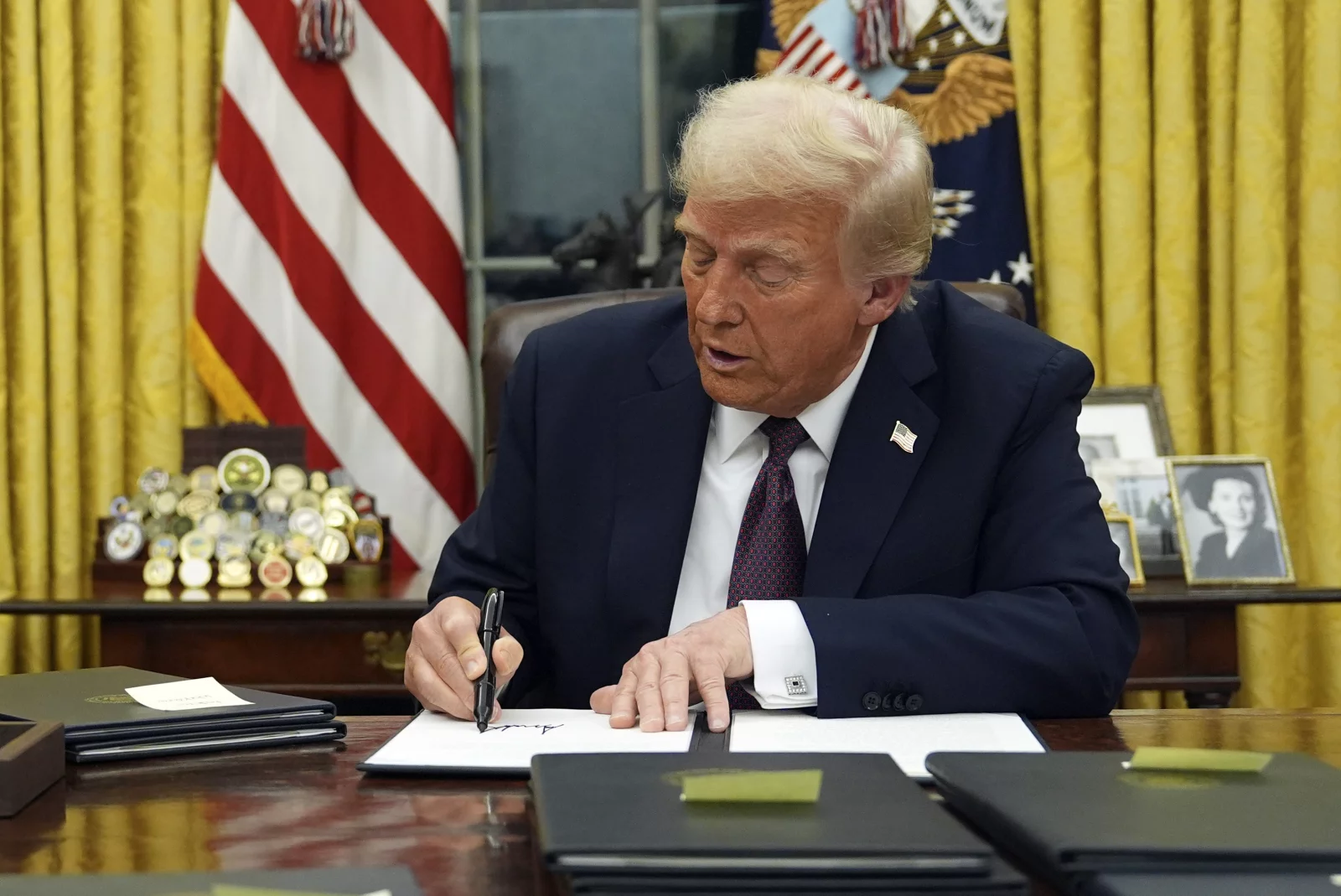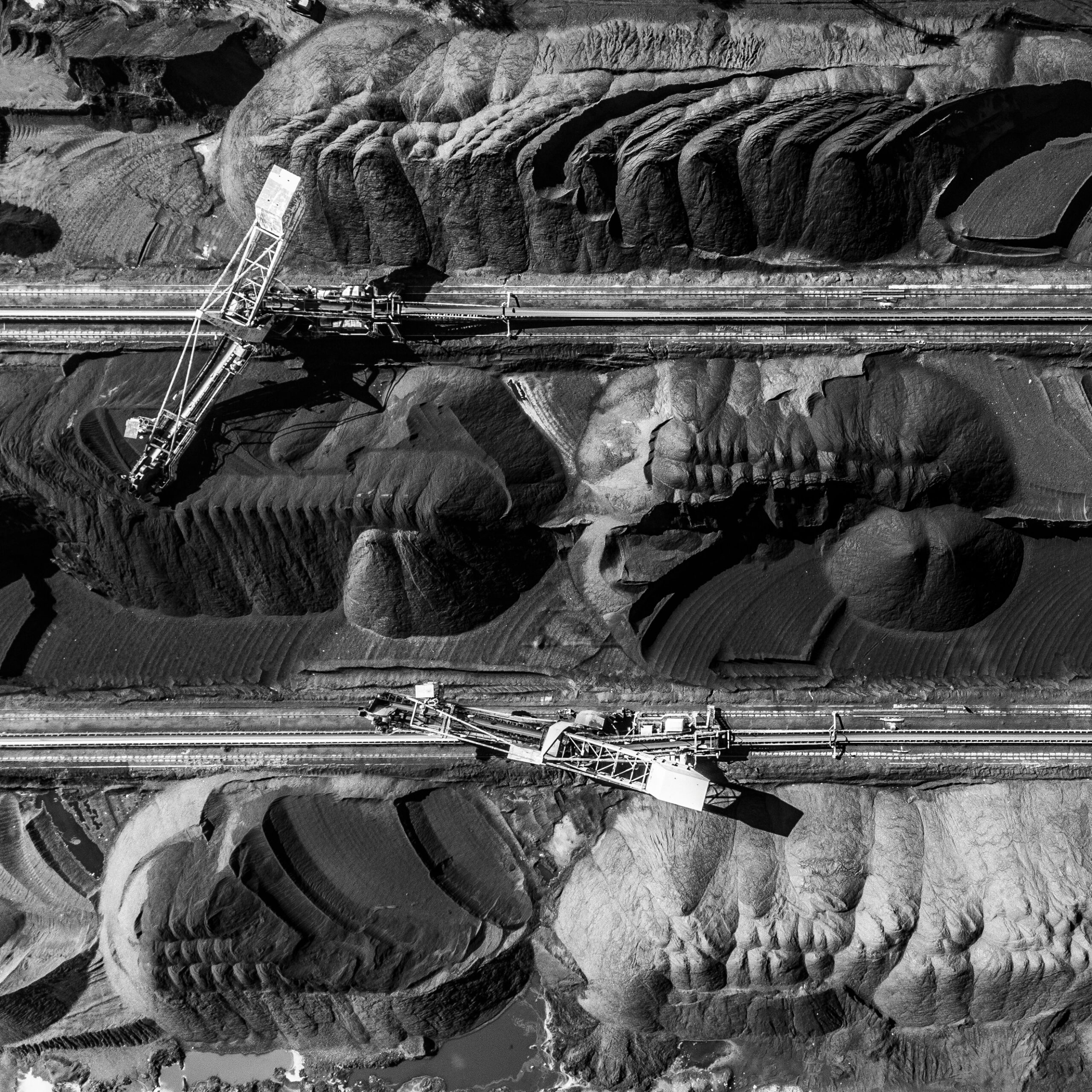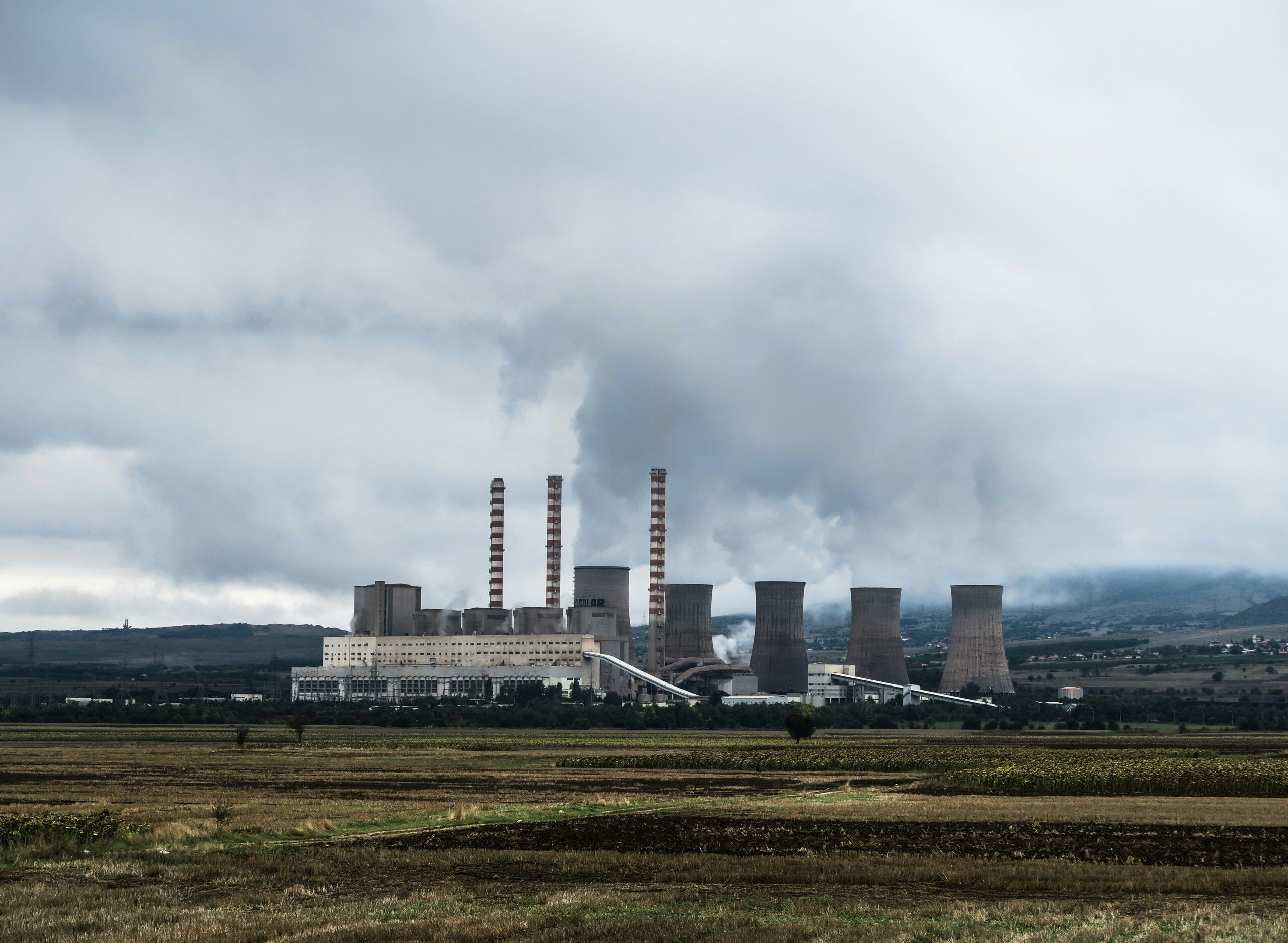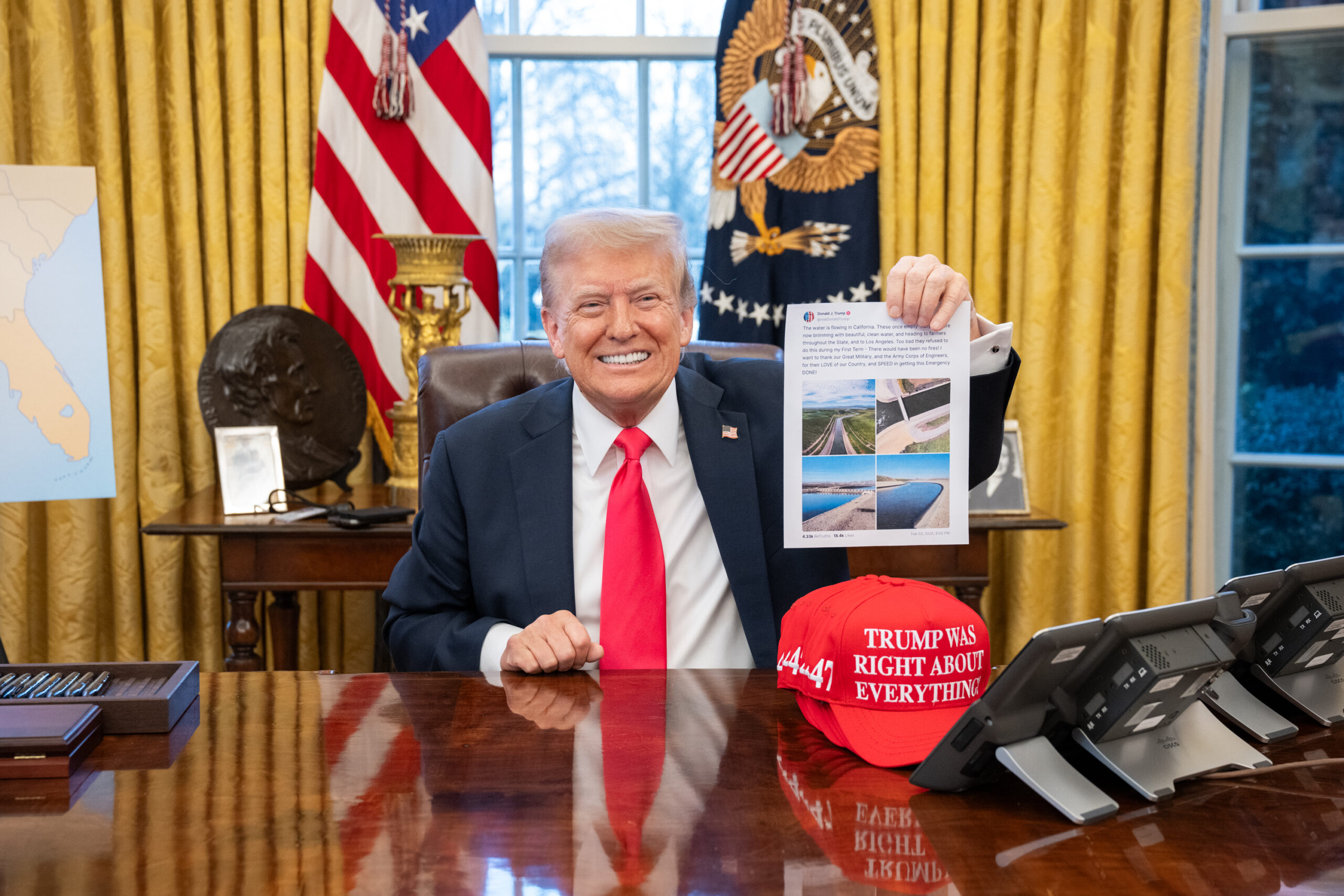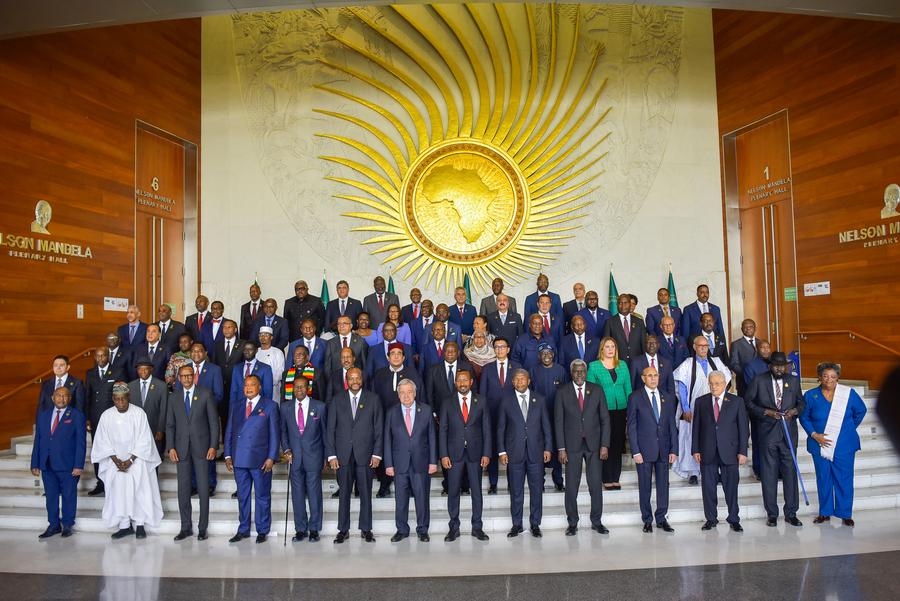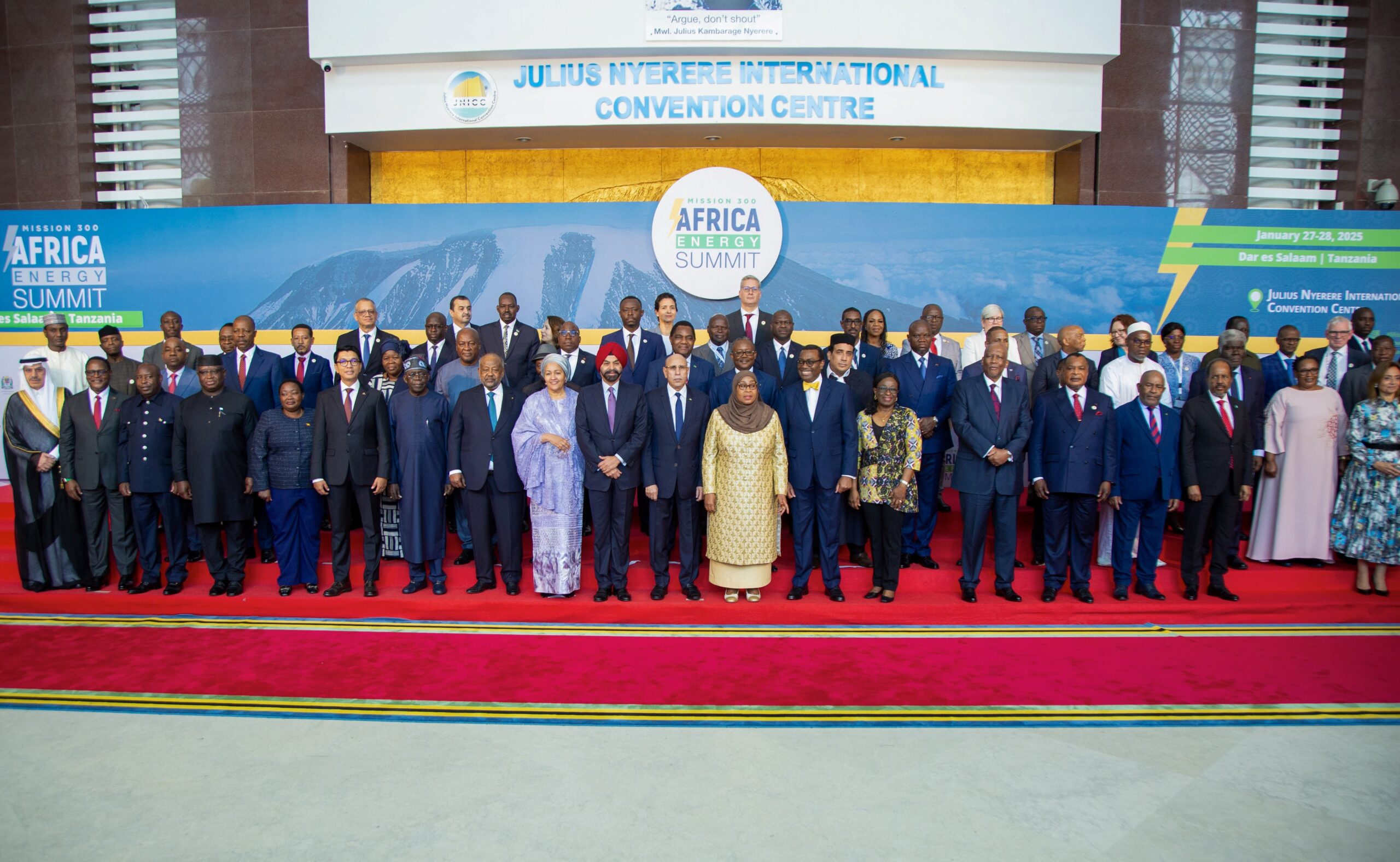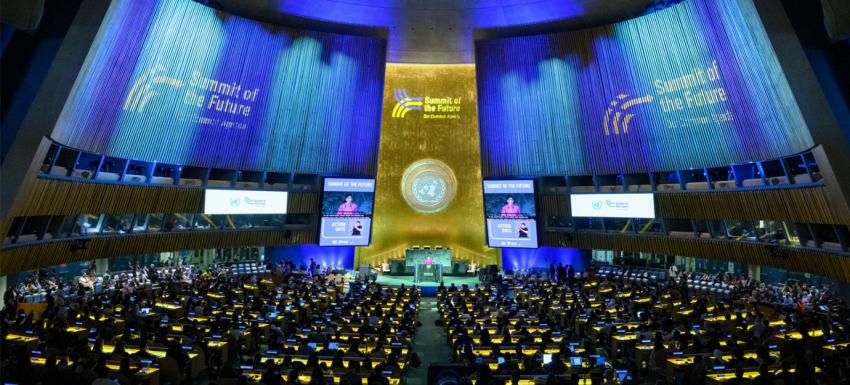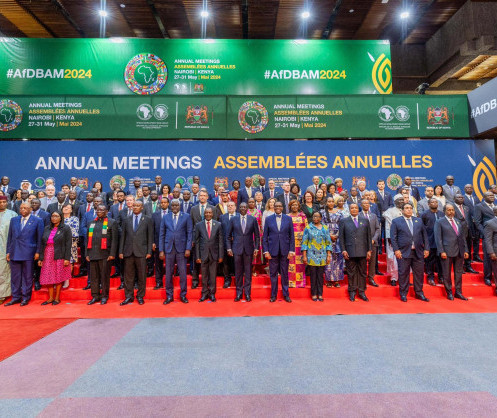Washington, DC – Donald Trump, on his first day as US president following his inauguration on 20 January 2025, signed an executive order to withdraw the United States from the Paris Climate Agreement for the second time, marking a sharp reversal of global climate commitments. The move, announced before supporters at an arena in the capital, initiates a year-long formal exit process from the treaty, which aims to curb the worst effects of the climate crisis. The US, the world’s second-largest emitter of greenhouse gases, will join Iran, Libya, and Yemen as the only nations outside the accord once the withdrawal is complete.
Trump, who first pulled the US out of the Paris agreement in 2017 during his initial term, only for Joe Biden to rejoin in 2021, framed the decision as a defence of American industry. “The United States will not sabotage its own industries while China pollutes with impunity. China uses a lot of dirty energy, but they produce a lot of energy. When that stuff goes up in the air, it doesn’t stay there … It floats into the United States of America after three and a half to five and a half days,” he told the crowd. The White House earlier outlined the policy under its “America First Priorities,” linking the exit to goals of affordability and energy dominance through fossil fuels.
The decision dismantles Biden’s climate legacy, which included a new target filed weeks before Trump’s return to cut US emissions by 61% to 66% from 2005 levels by 2035. That pledge, part of the Inflation Reduction Act’s clean energy push, aimed for net-zero carbon by 2050. Trump, however, vowed in his inauguration speech to “drill, baby, drill,” promising to unshackle the US fossil fuel sector. The Paris exit was one of nine executive orders signed on stage, underscoring his intent to prioritise economic growth over environmental regulation.
The timing amplifies concerns as it follows devastating wildfires in Los Angeles, blamed on climate-driven conditions like drought and high winds, which killed 27 people and caused up to $250 billion in damage. Experts tie such disasters to rising global temperatures, a trend the Paris accord seeks to mitigate. Critics argue Trump’s withdrawal undermines global efforts at a critical juncture, with China—the top emitter—still engaged in the pact despite its coal reliance.
Formal withdrawal requires a year from the UN notification, meaning the US exit will take effect in January 2026. During his first term, a similar move was delayed by treaty rules, finalizing only in November 2020. This time, no such constraints apply, enabling a swifter retreat. Environmentalists and allies fear the US absence could weaken collective action, though Biden’s targets were voluntary under the agreement’s framework.
Trump’s broader agenda, including reversing Biden’s clean energy incentives dubbed “the green new scam,” signals a return to fossil fuel primacy. With the US historically the largest cumulative emitter, the decision reverberates globally, potentially emboldening other nations to scale back ambitions amid an intensifying climate crisis.


